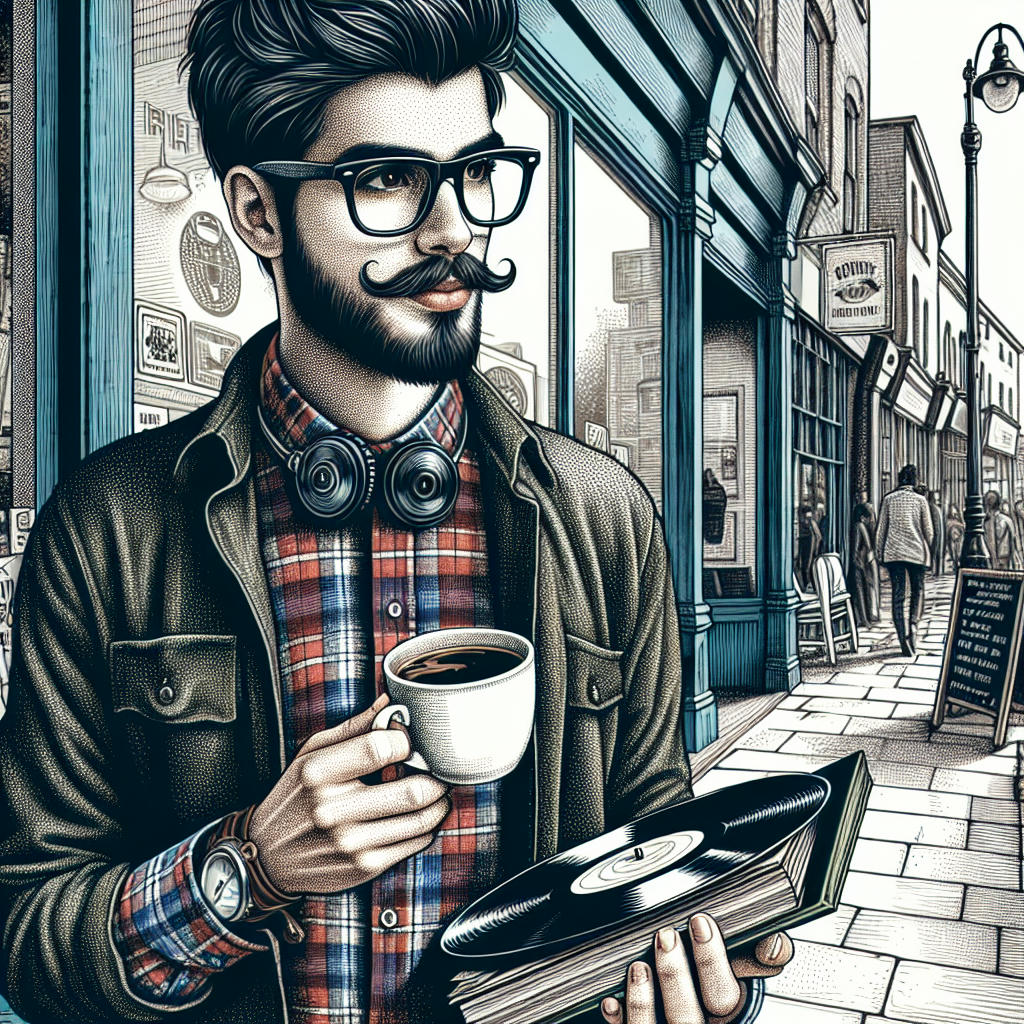Once upon a time, in the land of thrift stores and underground coffee shops, there roamed a unique breed of individuals who could tell the difference between an Ethiopian Yirgacheffe and a Colombian Supremo just by the smell. These creatures, known in the wild as 'hipsters,' have mystified sociologists, baristas, and ordinary citizens alike with their enigmatic ways and impeccable facial hair. But what really makes a hipster a hipster? Let's take a laugh-fueled journey through their natural habitat to find out.
Hipsters are often spotted in their natural habitat wearing clothing that seems to have time-traveled from the 1950s, paired with a modern twist. This includes, but is not limited to, flannel shirts worn in the height of summer, vintage dresses that look stolen from grandma's closet, and, of course, the signature thick-rimmed glasses - with or without prescription.
The diet of a hipster is as curated as their Spotify playlists, consisting largely of plant-based products, artisanal coffee, and craft beer. The term 'farm to table' isn't just a saying for them; it's a lifestyle. They were loving avocados before it was cool and making kombucha in their apartments long before it hit the supermarket shelves. In a world of fast food and instant gratification, hipsters take the road less traveled - a road paved with quinoa and organic kale.
Socially, hipsters thrive in packs, often found congregating in coffee shops that you've probably never heard of, independent bookstores, and vintage record shops. Their conversations can range from discussing the merits of vinyl records over digital music to the existential dread of succumbing to corporate life. It's not just about being anti-mainstream; it's about embracing the obscure and the overlooked, whether that's in music, fashion, or food.
Critics argue that hipsters have become their own stereotype, a paradox wrapped in an organic, sustainably sourced blanket. They strive to be unique, yet end up looking remarkably similar to one another. Has the quest for individuality in a sea of mass-produced goods led to a uniformity that's as predictable as the next Instagram post of an artisanal latte? Perhaps. But in the ever-evolving landscape of culture, the hipster represents a fascinating study in contrasts - a figure at once lauded for their discerning taste and critiqued for their sometimes pretentious ways.
In conclusion, hipsters might be easy to poke fun at, but they've undeniably left their mark on modern culture. From the coffee we drink to the music we listen to, their influence is pervasive. So next time you find yourself reaching for that can of craft beer or downloading a song from an artist you're sure no one else has discovered, you might just be a little bit hipster. And there's nothing wrong with that - as long as you don't start claiming you liked something before it was cool.
